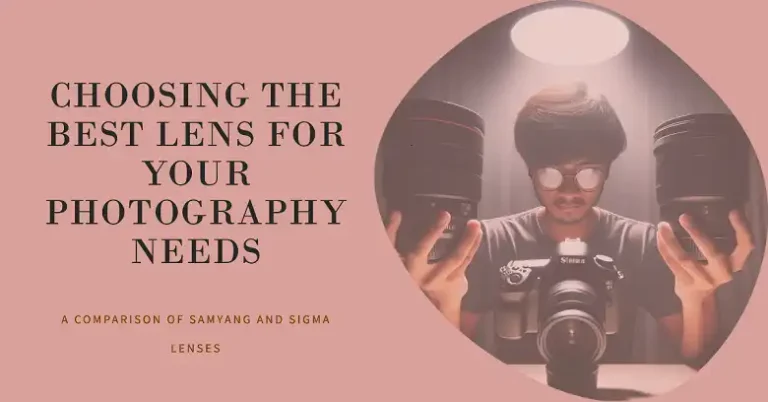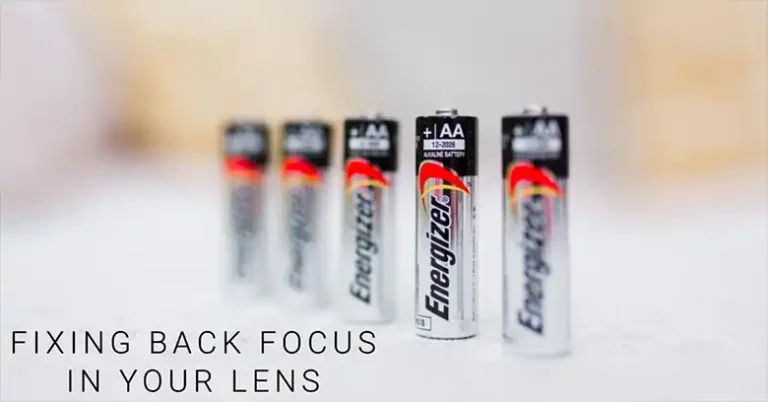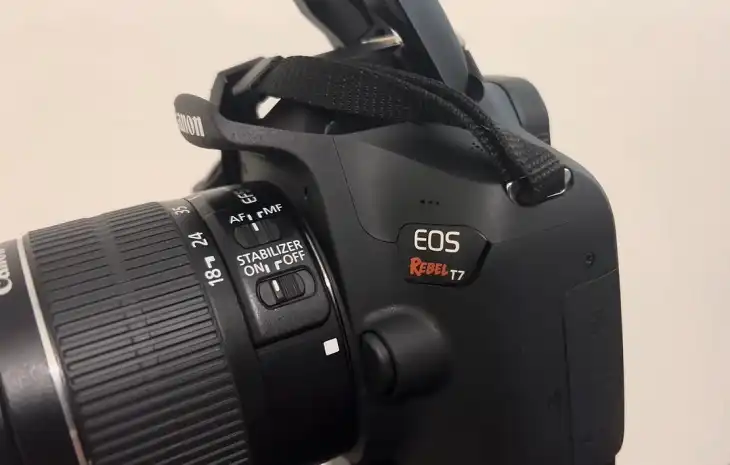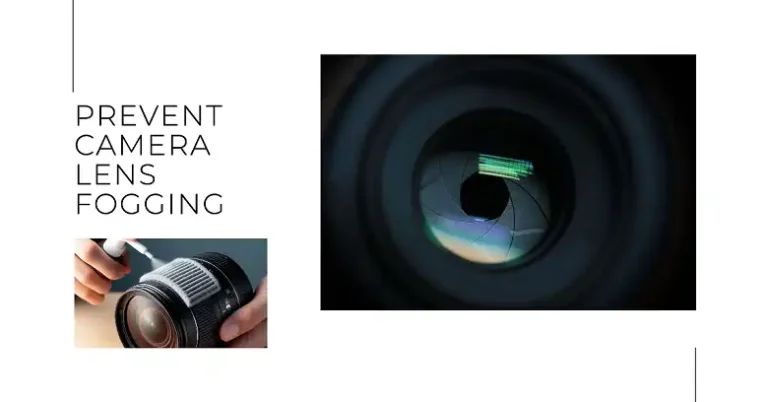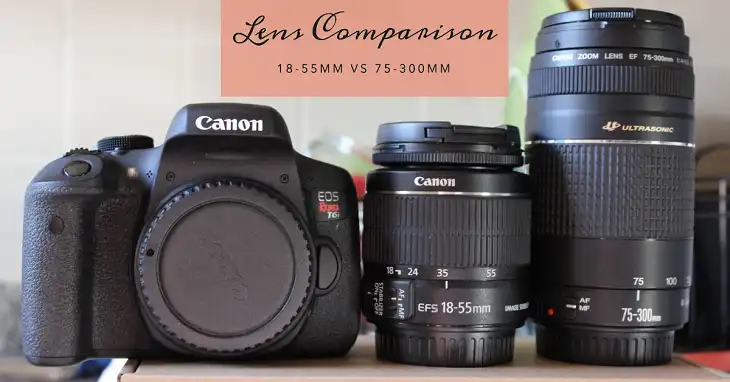Does Camera Mirror Lock-Up Cause Damage?
If you’re a DSLR photographer, you’ve likely encountered the term “mirror lock-up” in your camera’s settings. This feature, designed to enhance image quality in certain situations, often raises questions about its potential impact on camera health. In today’s article, we’ll explore the ins and outs of mirror lock-up, addressing the burning question: Does it cause damage to your camera?
The short answer is no—when used as intended, mirror lock-up does not cause damage to your camera. However, there’s much more to understand about this feature, its benefits, and proper usage. Let’s get into the details to help you make informed decisions about incorporating mirror lock-up into your photography.

What’s Mirror Lock-Up and When You Should Use It
What is Mirror Lock-Up?
Mirror lock-up is a function in DSLR cameras that temporarily lifts and holds the mirror in the “up” position before the shutter is released. In normal operation, the mirror flips up only at the moment of exposure. With lock-up engaged, this action is split into two steps:
- The mirror is raised and locked in place.
- After a short delay, the shutter opens to capture the image.
This separation of movements can significantly reduce camera shake, especially in critical shooting situations.
When is Mirror Lock-Up Most Beneficial?
Mirror lock-up shines in several photographic scenarios:
- Long Exposure Photography: For exposures lasting several seconds or more, even the slight vibration from mirror movement can introduce blur.
- Macro Photography: When shooting extreme close-ups, any camera movement is magnified, making mirror lock-up particularly valuable.
- Telephoto Lens Use: Long lenses amplify camera shake, making mirror lock-up a useful tool for sharper images.
- High-Resolution Shooting: Cameras with very high megapixel counts can reveal even the slightest motion blur, making mirror lock-up a valuable technique for maximizing image quality.

What Are the Benefits of Using Mirror Lock-Up
The primary advantage of mirror lock-up is improved image sharpness. By separating the mirror movement from the actual exposure, you can eliminate a significant source of camera shake.
The mirror’s movement in a DSLR can create vibrations that last for about 50-100 milliseconds. While this might seem negligible, it can be enough to affect image sharpness, especially at slower shutter speeds.
When every bit of sharpness counts, such as in product photography or fine art reproduction, mirror lock-up can provide that extra edge in image quality. For exposures longer than 1/15th of a second, mirror lock-up can make a noticeable difference in image clarity.
Some photographers believe that using mirror lock-up may actually reduce wear on the mirror mechanism by minimizing the number of mirror actuations. While this isn’t definitively proven, it’s an interesting perspective to consider.
Here’s a table comparing the potential impact of mirror lock-up on image sharpness at different shutter speeds:
| Shutter Speed | Impact of Mirror Lock-Up |
| 1/1000 sec | Negligible |
| 1/250 sec | Minimal |
| 1/60 sec | Noticeable |
| 1/15 sec | Significant |
| 1 sec + | Highly Beneficial |
Concerns and Potential Drawbacks
While mirror lock-up offers clear benefits, it’s not without its drawbacks. Understanding these can help you decide when it’s worth using. It often adds an extra step in your shooting process which can be inconvenient sometimes. Also, once the mirror is locked up, the composition can be challenging since you cannot see anything through the viewfinder anymore.
Some users worry about potential overheating when the mirror is locked up for extended periods. However, modern DSLRs are designed to handle this without issue.
Does Mirror Lock-Up Actually Cause Damage?
Now, let’s address the central question: Does mirror lock-up cause damage to your camera? Based on current knowledge and manufacturer information, the answer is no—when used as intended, mirror lock-up does not cause damage to your camera.
You need to understand that camera manufacturers include the mirror lock-up functionality as a feature, which is specifically designed to be used. So, it’s not an exploit or unintended function. Mechanically speaking, the mirror mechanism is built to withstand hundreds of thousands of actuations. Therefore, the occasional use of the lock-up does not and should not introduce any additional stress beyond normal operation.
Major camera manufacturers like Canon, Nikon, and Sony include mirror lock-up in their cameras and provide instructions for its use, indicating they consider it safe.
However, it’s crucial to use mirror lock-up correctly:
- Don’t leave the mirror locked up indefinitely when not in use.
- Always follow the manufacturer’s guidelines for your specific camera model.
- Be mindful of extreme environments (e.g., very hot or dusty conditions) where prolonged mirror lock-up might not be advisable.
How to Use the Mirror Lock-Up Properly?
To maximize the benefits of mirror lock-up while safeguarding your camera, consider these essential practices. Start by mounting your camera on a sturdy tripod, ensuring a rock-solid foundation for your shot. Pair this with a remote shutter release to eliminate any potential shake from pressing the camera’s button.
When engaging mirror lock-up, pause for 2-3 seconds before triggering the shutter, allowing any residual vibrations to settle. Be mindful of your environment; dusty or humid conditions can pose risks to your exposed sensor during prolonged mirror lock-up.
Lastly, always check your battery level before using this feature. A drained battery mid-process could leave your mirror stuck in the up position, potentially causing inconvenience or requiring careful handling to resolve.
Takeaways
Mirror lock-up is a powerful tool in a photographer’s arsenal, capable of delivering sharper images in critical situations. When used as intended, it does not cause damage to your camera. Here are our final recommendations:
- Use mirror lock-up when shooting conditions warrant it, particularly for long exposures, macro photography, or when using telephoto lenses.
- Always follow your camera manufacturer’s guidelines for using mirror lock-up.
- Combine mirror lock-up with other stability-enhancing techniques like using a tripod and remote shutter release for best results.
- Consider alternatives like Live View shooting or mirrorless cameras if mirror lock-up doesn’t suit your workflow.
Remember, photography is about capturing moments and creating art. Mirror lock-up is just one of many tools to help you achieve your vision. Use it wisely, and don’t let concerns about potential damage hold you back from exploring its benefits.
FAQs
Can I use mirror lock-up for all my shots?
While you could, it’s not necessary or practical for most situations. Reserve it for critical shots where maximum sharpness is required.
Will using mirror lock-up void my camera’s warranty?
No, using a built-in feature as intended will not void your warranty. However, always check your specific warranty terms for any exceptions.
How much difference does mirror lock-up really make?
The difference can be subtle or significant depending on your shooting conditions. In critical situations, it can be the difference between a tack-sharp image and one with slight motion blur.

